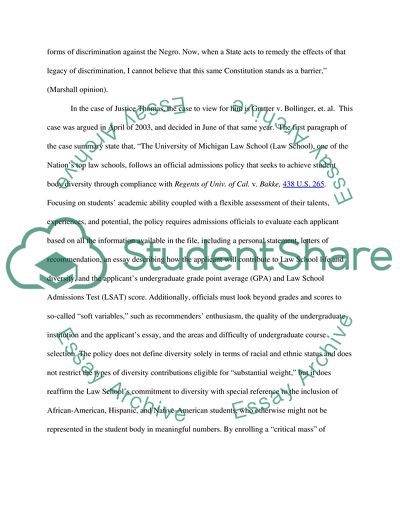Cite this document
(“Compare/Contrast Justices Thomas and Marshall Essay - 1”, n.d.)
Compare/Contrast Justices Thomas and Marshall Essay - 1. Retrieved from https://studentshare.org/law/1535620-comparecontrast-justices-thomas-and-marshall
Compare/Contrast Justices Thomas and Marshall Essay - 1. Retrieved from https://studentshare.org/law/1535620-comparecontrast-justices-thomas-and-marshall
(Compare/Contrast Justices Thomas and Marshall Essay - 1)
Compare/Contrast Justices Thomas and Marshall Essay - 1. https://studentshare.org/law/1535620-comparecontrast-justices-thomas-and-marshall.
Compare/Contrast Justices Thomas and Marshall Essay - 1. https://studentshare.org/law/1535620-comparecontrast-justices-thomas-and-marshall.
“Compare/Contrast Justices Thomas and Marshall Essay - 1”, n.d. https://studentshare.org/law/1535620-comparecontrast-justices-thomas-and-marshall.


